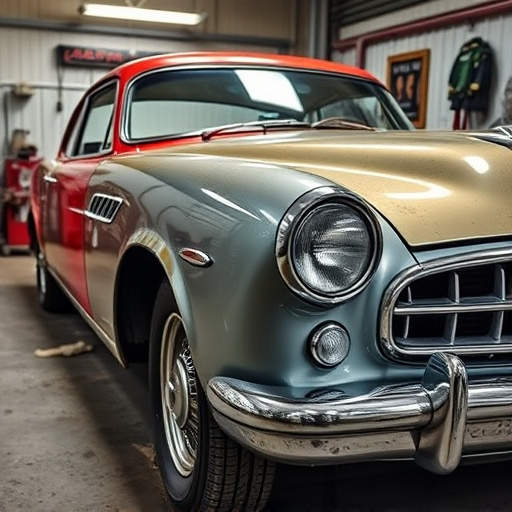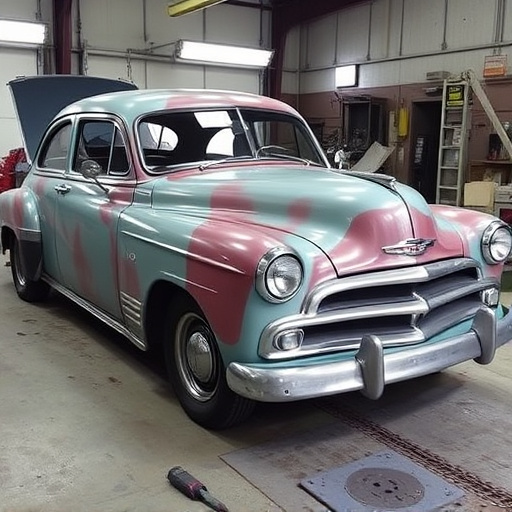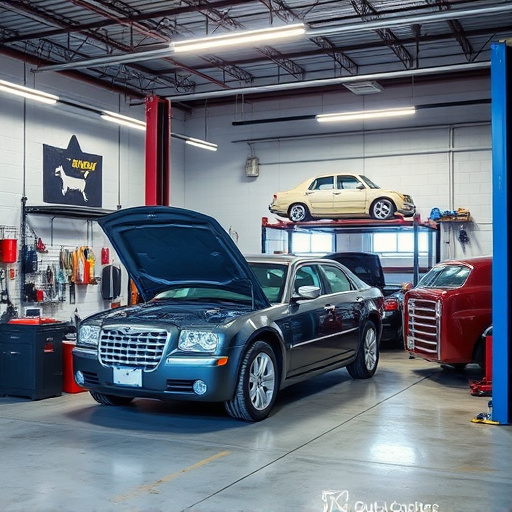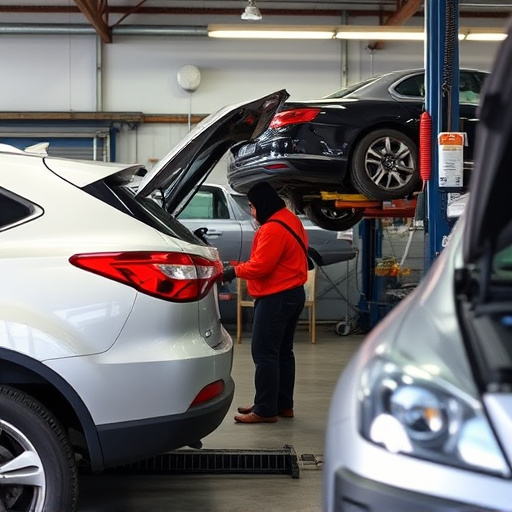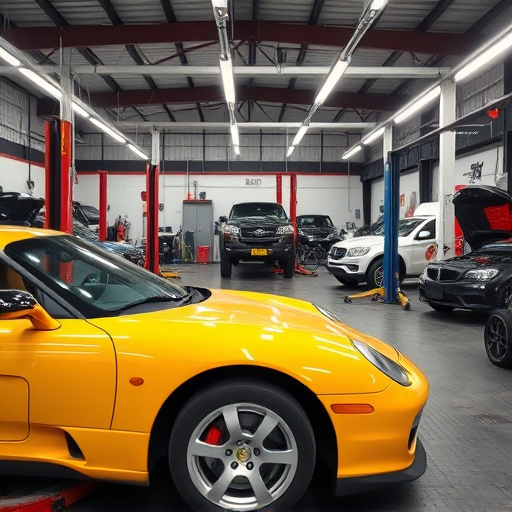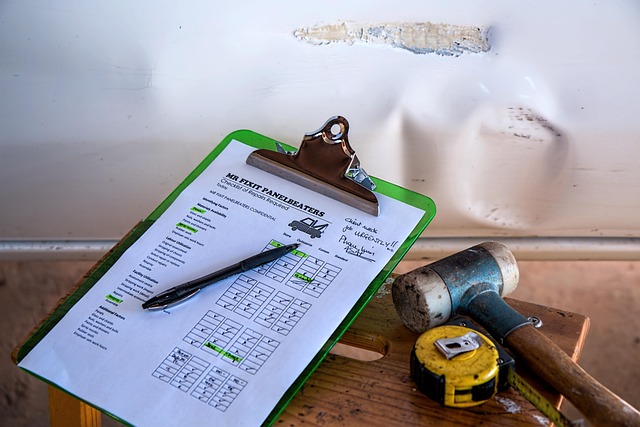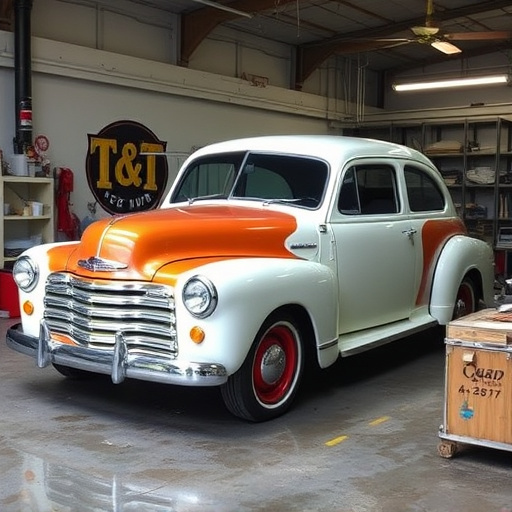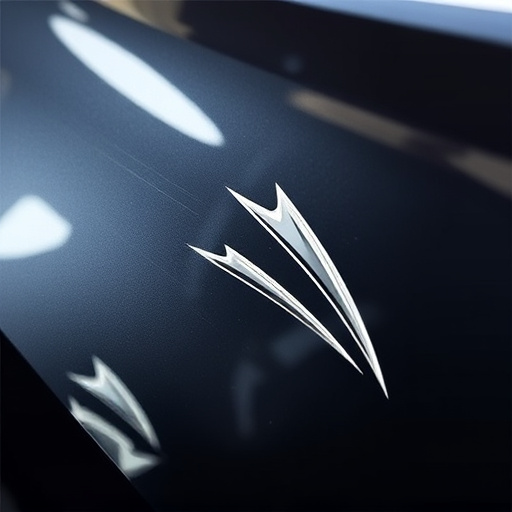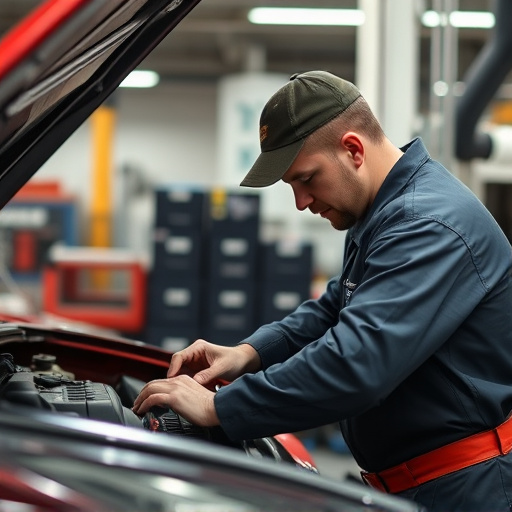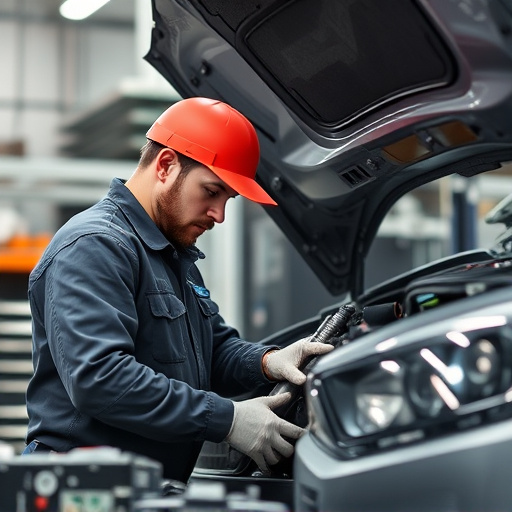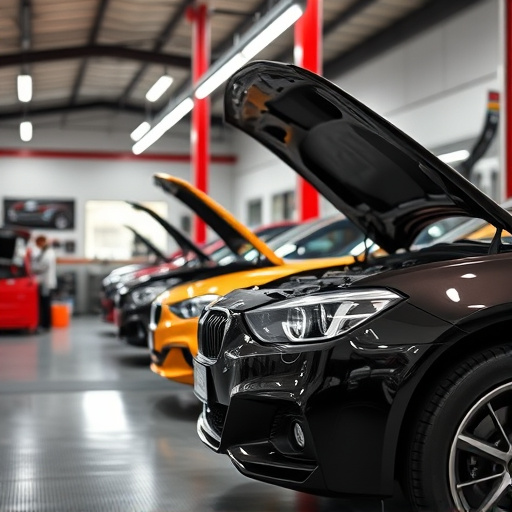Replacing a Mercedes grille can disrupt sensor calibration, affecting critical vehicle systems like speed, temperature, and pressure. Recalibrating these sensors post-replacement is essential to maintain optimal performance and safety. Dust, dirt, or debris can accumulate on sensors, impacting their performance and linked safety features like cruise control and lane departure warning. Professional auto body experts use specialized tools for sensor recalibration, ensuring flawless operation of safety systems. Regular maintenance, including cleaning and recalibration, prevents malfunctions and incorrect readings, crucial for the seamless integration of the new grille with existing sensor networks.
After a Mercedes grille replacement, sensor calibration becomes crucial for optimal vehicle performance. This article guides you through the process, addressing key considerations specific to Mercedes cars post-grille swap. We’ll delve into understanding sensor calibration, the step-by-step recalibration process, and essential tips to maintain accurate readings. Ensure your vehicle’s systems operate seamlessly by following these expert insights tailored for a successful Mercedes grille replacement.
- Understanding Sensor Calibration After Grille Replacement
- The Process of Recalibrating Sensors for Optimal Performance
- Tips for Maintaining Accurate Sensor Readings Post-Replacement
Understanding Sensor Calibration After Grille Replacement
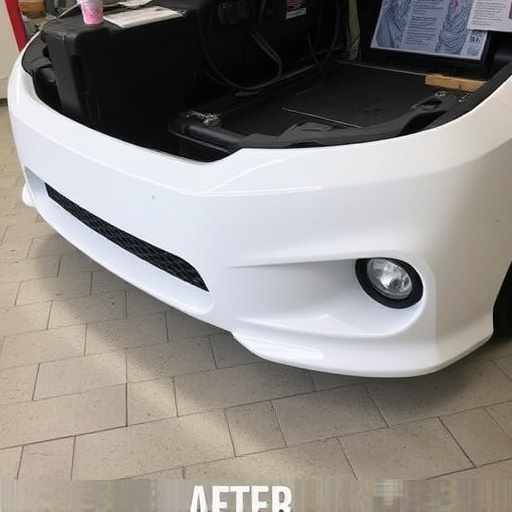
When you replace a Mercedes grille, sensor calibration can be thrown off, leading to inaccuracies in your vehicle’s systems. These sensors are integral parts of modern cars, responsible for monitoring various aspects like speed, temperature, and pressure. After a grille replacement, these sensors may no longer have their original reference points, especially if the new grille involves different materials or designs that affect sensor readings.
Understanding this calibration issue is crucial in ensuring your vehicle’s safety and optimal performance. Auto body repair experts often recommend recalibrating these sensors after any significant auto bodywork, including Mercedes grille replacements. This process ensures that all systems operate as intended, promoting both safety and the overall health of your vehicle, much like how dent removal helps restore a car’s aesthetic appeal without compromising structural integrity.
The Process of Recalibrating Sensors for Optimal Performance
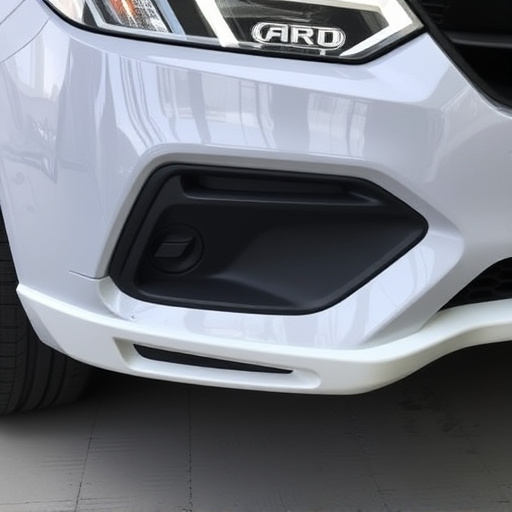
Recalibrating sensors after a Mercedes grille replacement is an essential step in ensuring optimal vehicle performance and safety systems. When a new grille is installed, it can disrupt the sensitivity of various sensors located within the front end of the vehicle. These sensors play a crucial role in functions like cruise control, lane departure warning, and adaptive cruise control. During a Mercedes grille replacement, dust, dirt, or debris might have accumulated on these sensors, affecting their readings.
The recalibration process involves using specialized tools to reset the sensor’s parameters, ensuring they accurately detect environmental changes. Auto body services professionals will typically use diagnostic equipment to access the vehicle’s computer system and adjust the settings for each specific sensor. This meticulous procedure is a vital part of collision repair, as it guarantees that safety features function flawlessly after a Mercedes grille replacement, enhancing both the driver’s experience and overall vehicle restoration.
Tips for Maintaining Accurate Sensor Readings Post-Replacement
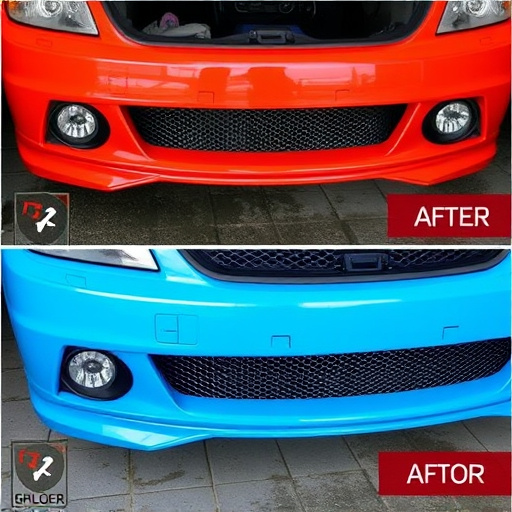
After a Mercedes grille replacement, maintaining accurate sensor readings is crucial for optimal vehicle performance. One key tip is to ensure thorough cleaning of all sensors before and after the replacement. Dust, dirt, and debris can significantly impact sensor functionality, so using compressed air or a soft brush to clear these particles is essential. Additionally, checking the sensors’ calibration regularly helps maintain precision. Many modern vehicles have diagnostic tools that allow car body shop technicians to recalibrate sensors quickly and accurately during an automotive collision repair or car body restoration process.
Another important aspect is to verify that all sensors are properly secured and connected. In the case of a Mercedes grille replacement, this includes ensuring the new grille seamlessly integrates with the vehicle’s existing sensor network. Proper alignment and secure connections prevent sensor malfunctions that could lead to incorrect readings. Remember that accurate sensor data is vital for various safety and performance systems in your car, so regular maintenance and checks are not just recommended but necessary after any significant body work, including a Mercedes grille replacement.
After a Mercedes grille replacement, recalibrating sensors is crucial for maintaining optimal vehicle performance. By understanding sensor calibration and following the proper process, you can ensure accurate readings that contribute to enhanced safety and efficiency. Regular maintenance tips, such as periodic checks and keeping sensors clean, will help preserve the integrity of your vehicle’s systems post-grille replacement.
